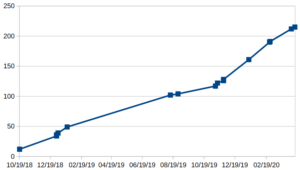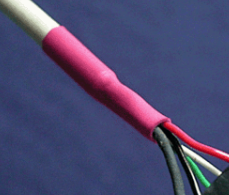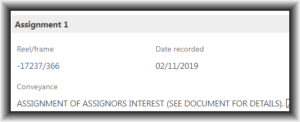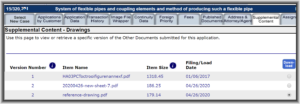
(Update: See update at the end of the blog article.)
There’s a very important database at the USPTO called Supplemental Content or SCORE. If you look up any particular patent application in PAIR or in Patentcenter, what gets listed for SCORE for that patent application should be absolutely identical. But strikingly often, they are not at all identical.
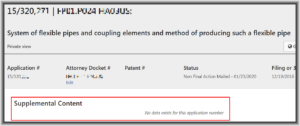
For example here is a case that has three drawings files in SCORE according to PAIR, but according to Patentcenter this same case supposedly has nothing in SCORE.
SCORE is very important. This is where your high quality drawings end up in your design patent applications. This is where your sequence listings end up.
I have dropped an email to ebc@uspto.gov with the application number, asking EBC to please open a ticket to get this fixed so that Patentcenter will show my SCORE files.
Have you checked all of your cases that have SCORE content? Do they show your SCORE content in Patentcenter? If not, you might want to get in touch with the EBC to get it fixed. And please post a comment below.
Update: I posted this on a Sunday, yesterday. The missing Score material included two files that I e-filed yesterday, as well as a file that had been in the case from more than a year earlier. The screen shot above shows that the file from more than a year ago was missing in Score in Patentcenter as of yesterday. About two hours after I posted this blog article, without any explanation from the USPTO, the Score file from a year ago suddenly for the first time became visible in Patencenter, along with the new newly e-filed files.

